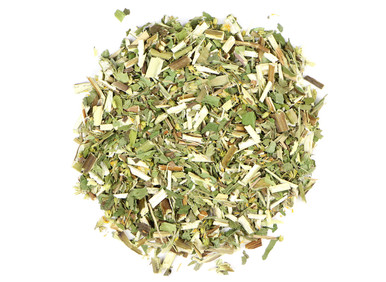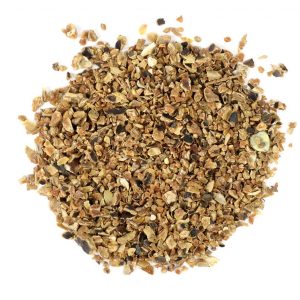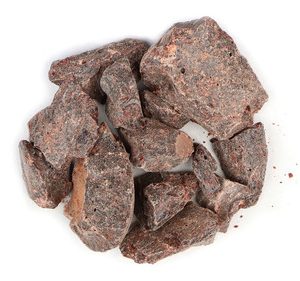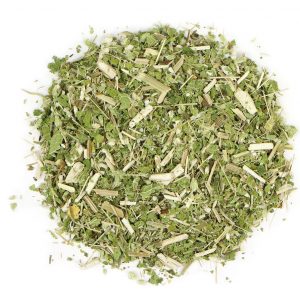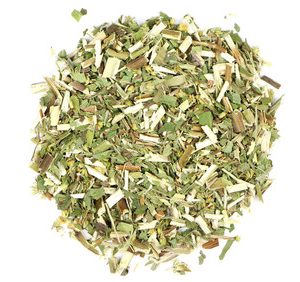Solidago gigantea is a hardy perennial that grows in pastures, meadows, and along mountainsides. Native to Europe and Asia, goldenrod is now naturalized throughout North America. The plant has panicles of golden flowers and alternating leaves. Goldenrod herb is often employed in infusions and can also be used in liquid extracts.
Goldenrod is a perennial plant, native to Europe and Asia, but naturalized in North America. It is a hardy plant, growing in pastures and along mountainsides. The botanical name Solidago comes from the Latin term “solidare,” which means “to make whole.” A member of the Asteraceae family, the plant grows 2 to 3 feet (60 to 90 cm) high, with alternating leaves and panicles of golden flowers on top. In the Americas, after the Boston Tea Party, the colonists, having just gotten rid of their favorite beverage, made a tea of goldenrod and called it “Liberty Tea”. It was also used as a dye amongst the colonists. Other legends tell that the stem could be used by some as a divining rod, and that when it grows near a house, the occupants will be granted good fortune.
Traditionally used as a tea, sometimes available in tea bags. The tea should be drunk between meals. May also be powdered and taken as a capsule or extract.
Precautions
Do not use during acute attacks of kidney stones or other kidney disorders. Persons with allergies to other members of the Asteraceae family should exercise caution. We recommend that you consult with a qualified healthcare practitioner before using herbal products, particularly if you are pregnant, nursing, or on any medications.

